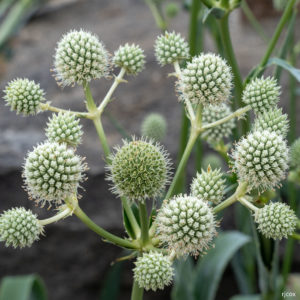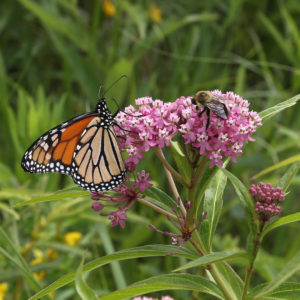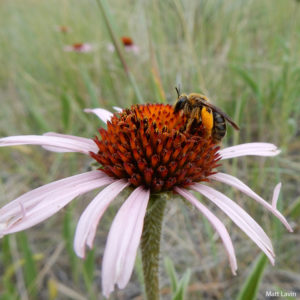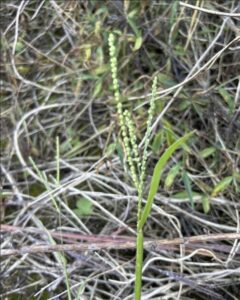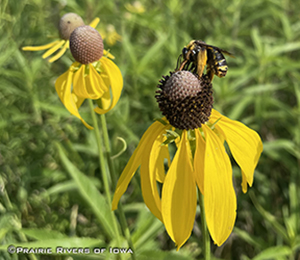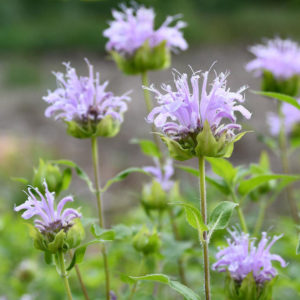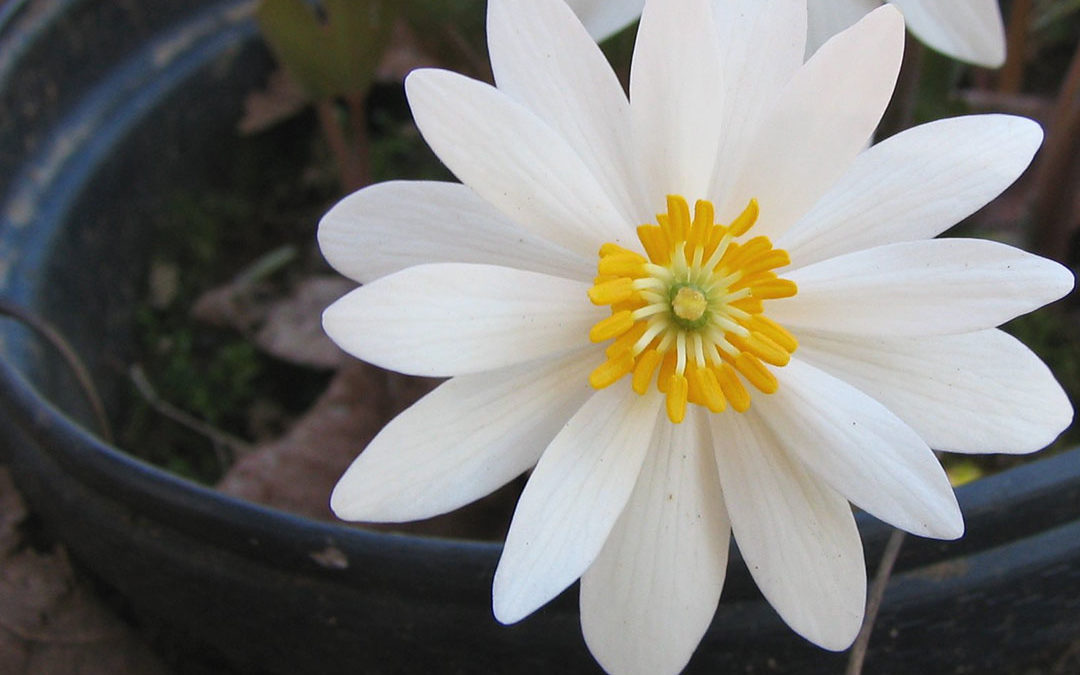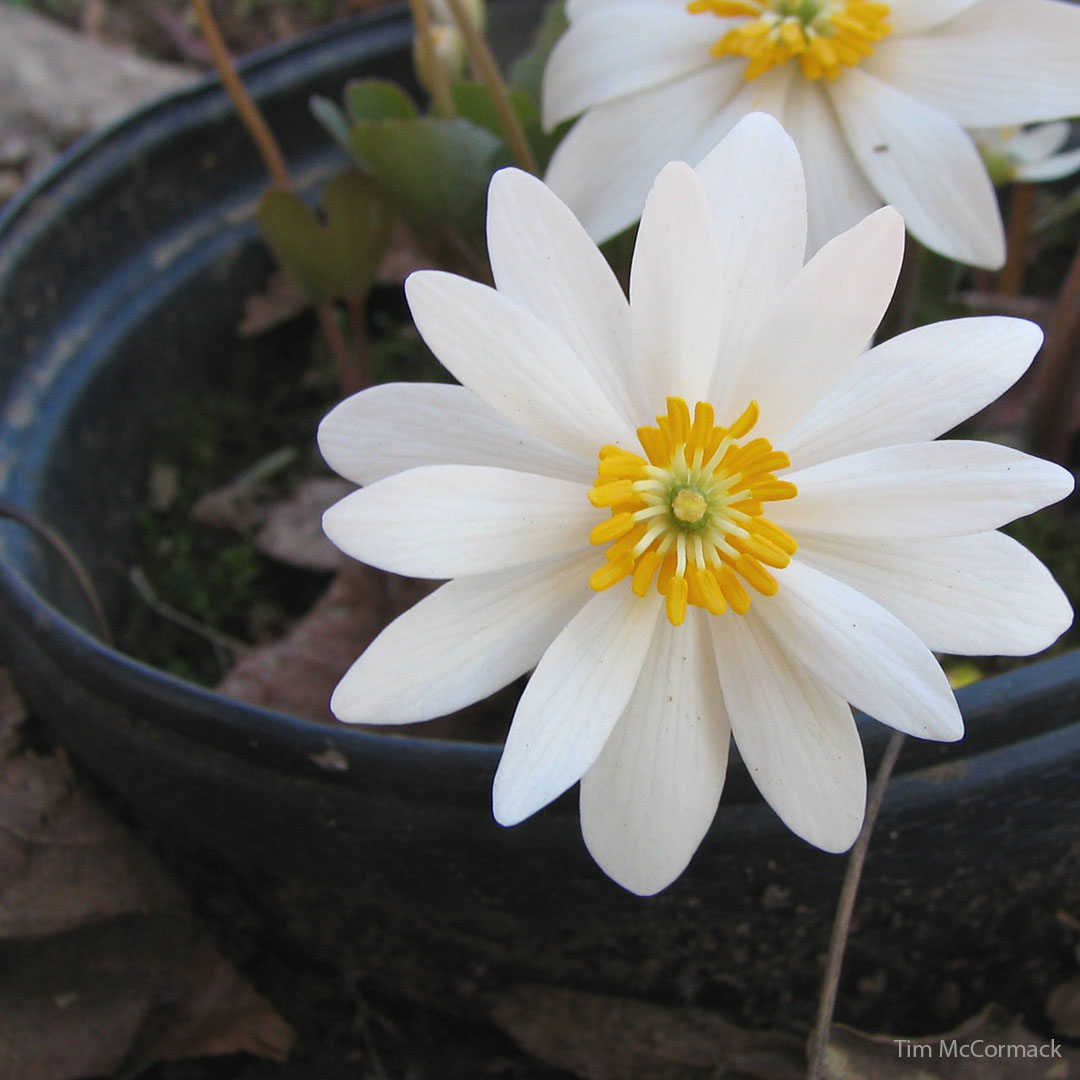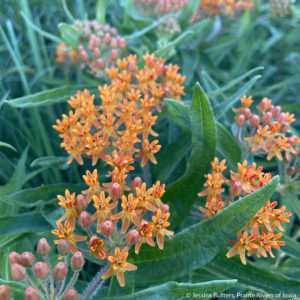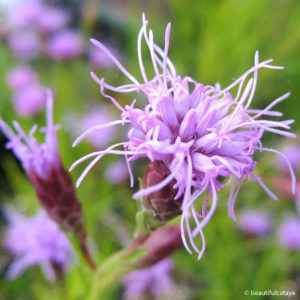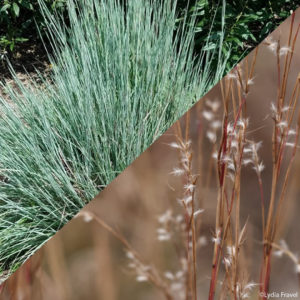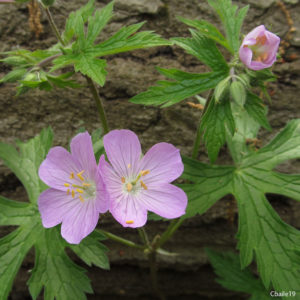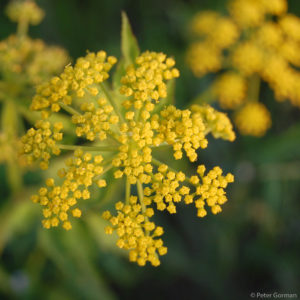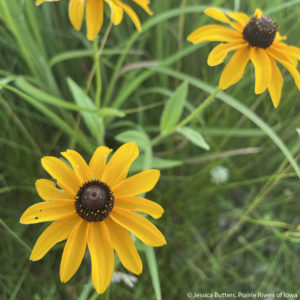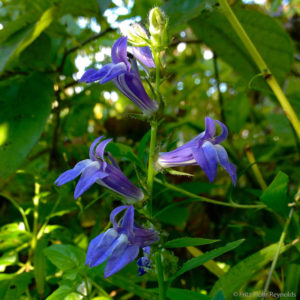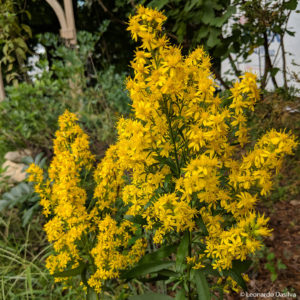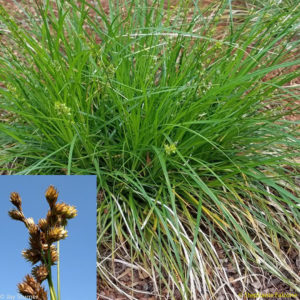
Create a Native Plant Sensory Garden!
Spring is around the corner and that means it’s time to plan our gardens! A fun garden to add to your yard is a sensory garden. A sensory garden involves all of your senses (taste, touch, smell, sound, and sight) making it a great learning opportunity for young children, adults with mental disabilities, or really anyone! It stimulates your mind and allows you to connect with nature. These are the plants I would use if I wanted to create an Iowa native sensory garden!
Rattlesnake Master Eryngium yuccifolium
Sense: Touch
This fun-looking plant would be perfect to stimulate your sense of touch, especially as fall approaches and it becomes more prickly. They are the larval host plant for Eryngium Stem Borer Moth and the Flower Feeding Moths. This wildflower is mostly pollinated by nectar eating wasps.
Plant Needs:
- Full sun
- Moist to medium soil
Swamp Milkweed Asclepias incarnata
Sense: Smell
This plant is the host plant for the Monarch Butterfly and is a brilliant purple when in bloom. The blooms smell like bubblegum!
Plant Needs:
- Full to part shade
- Moist soil
Pale Purple Coneflower Echinacea pallida
Sense: Touch, Sight, Taste
Pale Purple Coneflower is native to most of Iowa whereas Purple coneflower is more of a garden variety and not native to Story County. The brilliant purple petals are used for herbal teas. The seed head is spikey so use caution when touching.
Plant Needs:
- Full to part sun
- Medium to dry soil
Bead Grass Paspalum setaceum michx
Sense: Touch
Bead grass is super fun to seed harvest! the little seeds are like seed beads and you can just use your hand to strip the seeds off.
Plant Needs:
- Full sun
- Warm season grass
- Dry soil
Gray-headed Coneflower Ratibida pinnata
Sense: Smell, Sight
These yellow flowers are the larval hosts of the Wavey Lined Emerald Moth. Long Horned Bees love Gray headed Coneflower and can be seen covered in pollen on top of them.
Plant Needs:
- Full sun
- Dry soil
Bee Balm Monarda Fistulosa
Sense: Taste
They are a pollinator favorite and one of the best forage plants for bumble bees. they are the larval host plant of Hermit Sphinx Moths and Snout Moths. They are in the mint family and have a square stem. The petals also taste minty and can be made into a tea.
Plant Needs:
- Full to part sun
- Prefers dry soils
Wild White Indigo Baptisia alba
Sense: Sound
They are the larval host plant of the Slouded Sulpher butterfly, Genista Broom Moth, and Black-Spotted Prominent Moth. Bumble bees are the primary pollinators of wild white indigo.
Plant Needs:
- Full to part sun
- Prefers dry soils
Now get out there and grow some native plants! Don’t forget to tag Prairie Rivers in your native gardens on Facebook.

